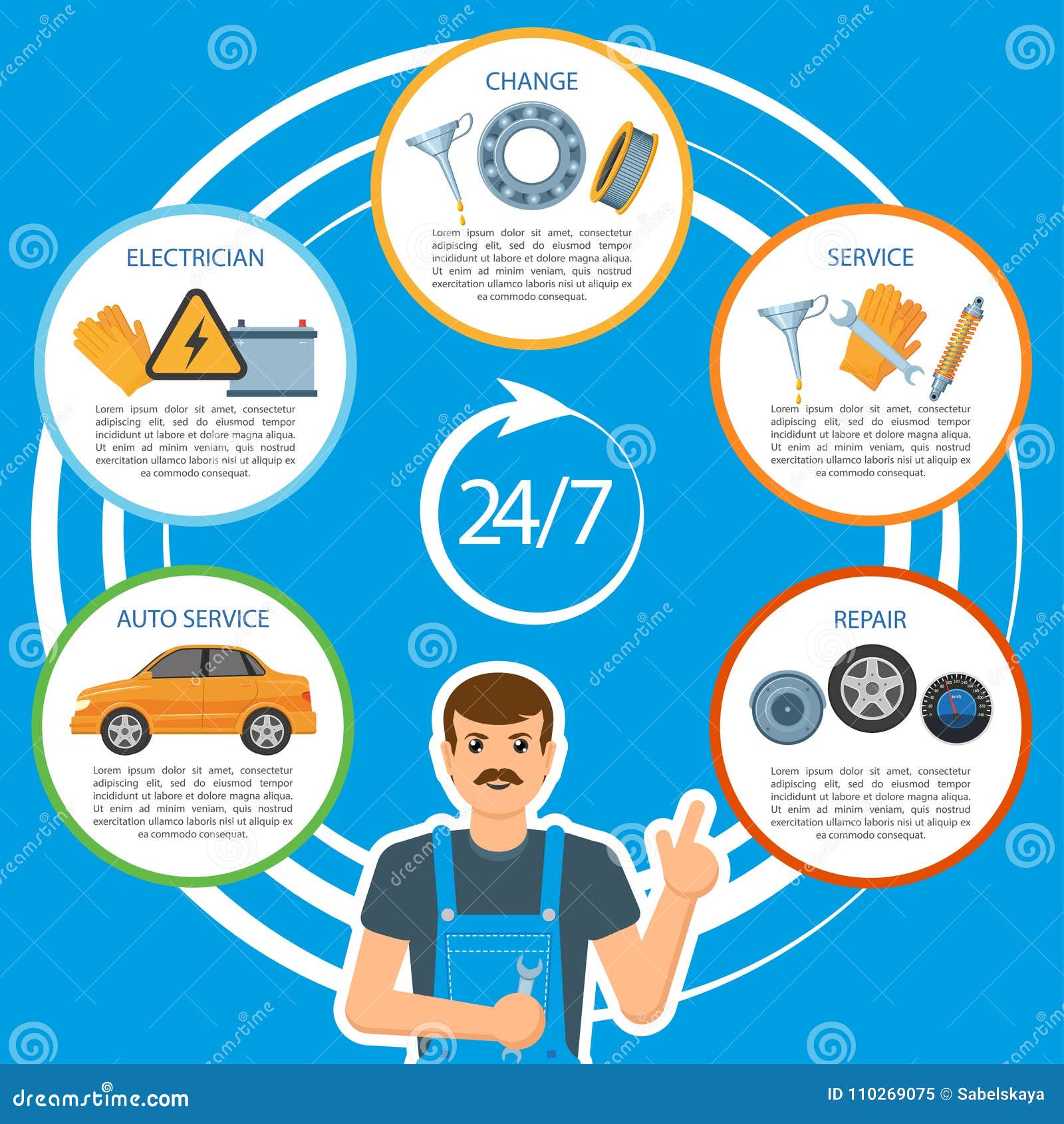Seeking Quality On The Caution Lights Presented On Your Auto'S Control Panel? Discover Exactly How They Connect To Your Automobile'S Health And Safety
Seeking Quality On The Caution Lights Presented On Your Auto'S Control Panel? Discover Exactly How They Connect To Your Automobile'S Health And Safety
Blog Article
Material Writer-Higgins Torres
When you lag the wheel, those beautiful warning lights on your dashboard can be a little bit perplexing. Do you know what they're attempting to inform you about your car's health and wellness? Understanding the value of these lights is vital for your safety and the durability of your car. So, the following time among those lights turns up, would not you wish to analyze its message properly and take the required steps to address it?
Common Caution Lights and Interpretations
Identify usual warning lights in your cars and truck and recognize their significances to ensure secure driving.
One of the most regular warning lights include the check engine light, which indicates problems with the engine or exhausts system. If this light comes on, it's essential to have your automobile checked quickly.
Get More warning light indicates low oil pressure, requiring prompt interest to stop engine damages.
A flashing battery light could suggest a malfunctioning charging system, potentially leaving you stranded otherwise resolved.
The tire stress surveillance system (TPMS) light notifies you to low tire pressure, influencing lorry stability and gas effectiveness. Neglecting this can cause risky driving conditions.
The abdominal muscle light suggests a trouble with the anti-lock braking system, jeopardizing your ability to stop rapidly in emergencies.
Finally, the coolant temperature level warning light warns of engine overheating, which can result in extreme damage if not settled promptly.
Understanding these common warning lights will certainly aid you resolve concerns quickly and preserve safe driving problems.
Value of Prompt Interest
Comprehending the typical warning lights in your automobile is only the primary step; the significance of without delay dealing with these warnings can't be highlighted sufficient to guarantee your safety and security on the road.
When a caution light brightens on your dashboard, it's your auto's way of connecting a prospective issue that needs interest. Ignoring these warnings can bring about much more severe issues in the future, jeopardizing your safety and security and potentially costing you a lot more out of commission.
Motivate focus to alerting lights can stop malfunctions and mishaps. As an example, a flashing check engine light might suggest a misfire that, if left unattended, can create damage to the catalytic converter. Resolving this promptly can conserve you from a pricey repair service.
Similarly, a brake system alerting light could indicate reduced brake fluid or used brake pads, important elements for your safety when driving.
Do It Yourself Troubleshooting Tips
If you notice a warning light on your control panel, there are a few do it yourself fixing pointers you can try before looking for professional help.
The very first step is to consult your vehicle's guidebook to comprehend what the specific warning light shows. Often the issue can be as basic as a loose gas cap causing the check engine light. Tightening up https://carbrakesnearme05173.blogthisbiz.com/37644986/are-you-excited-to-find-out-about-the-influence-of-automation-and-robotics-on-the-vehicle-describing-field may settle the problem.
https://brakes-near-me17394.madmouseblog.com/11739510/personal-narrative-updating-my-old-jalopy-with-a-weekend-of-explaining-job is a reduced battery, which can activate various warning lights. Inspecting the battery connections for corrosion and ensuring they're secure may deal with the issue.
If a warning light persists, you can try resetting it by disconnecting the auto's battery for a couple of mins and then reconnecting it. Furthermore, inspecting your vehicle's liquid degrees, such as oil, coolant, and brake fluid, can help troubleshoot advising lights related to these systems.
Conclusion
In conclusion, understanding your car's warning lights is crucial for keeping your vehicle running efficiently and safely. By promptly attending to these signals and recognizing what they imply, you can stay clear of expensive repair services and possible malfunctions.
Bear in mind to consult your auto's guidebook for certain details on each advising light and take action accordingly to make certain a trouble-free driving experience.
Keep notified, stay secure when driving!
